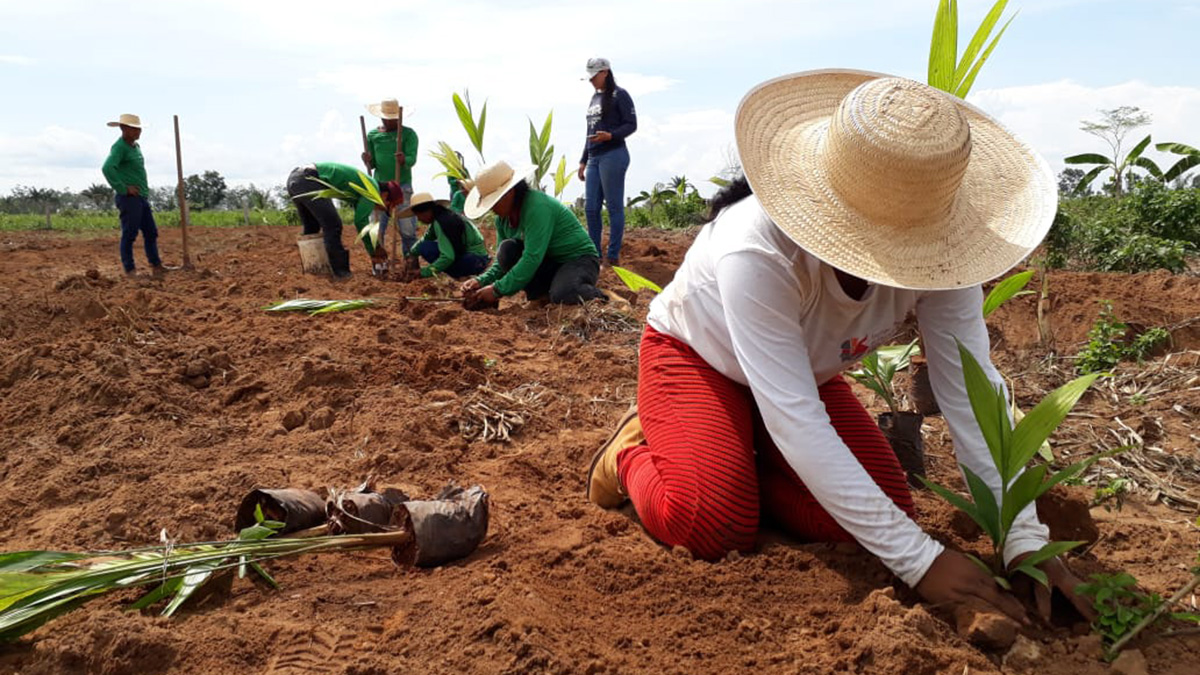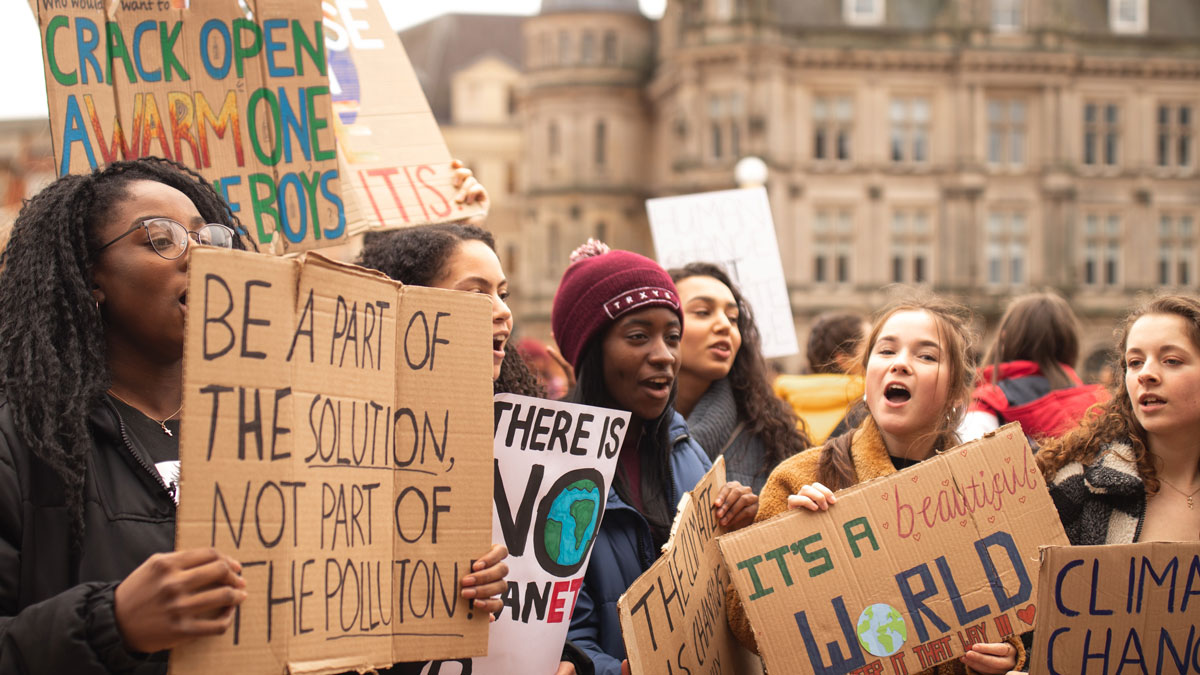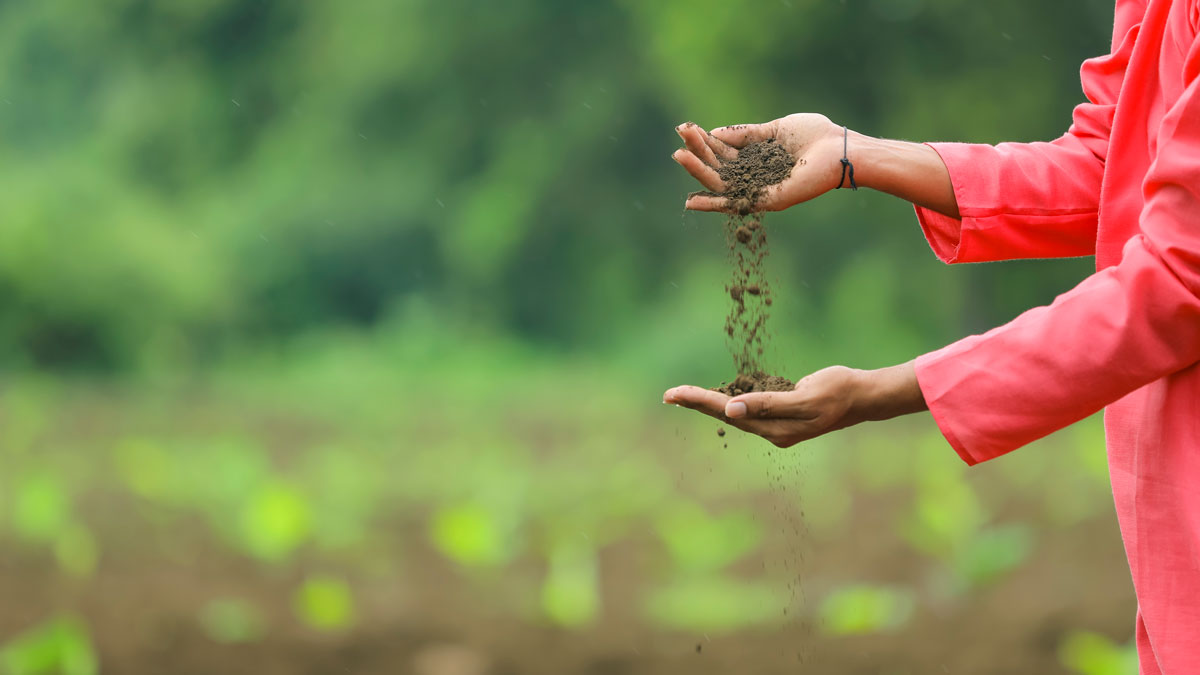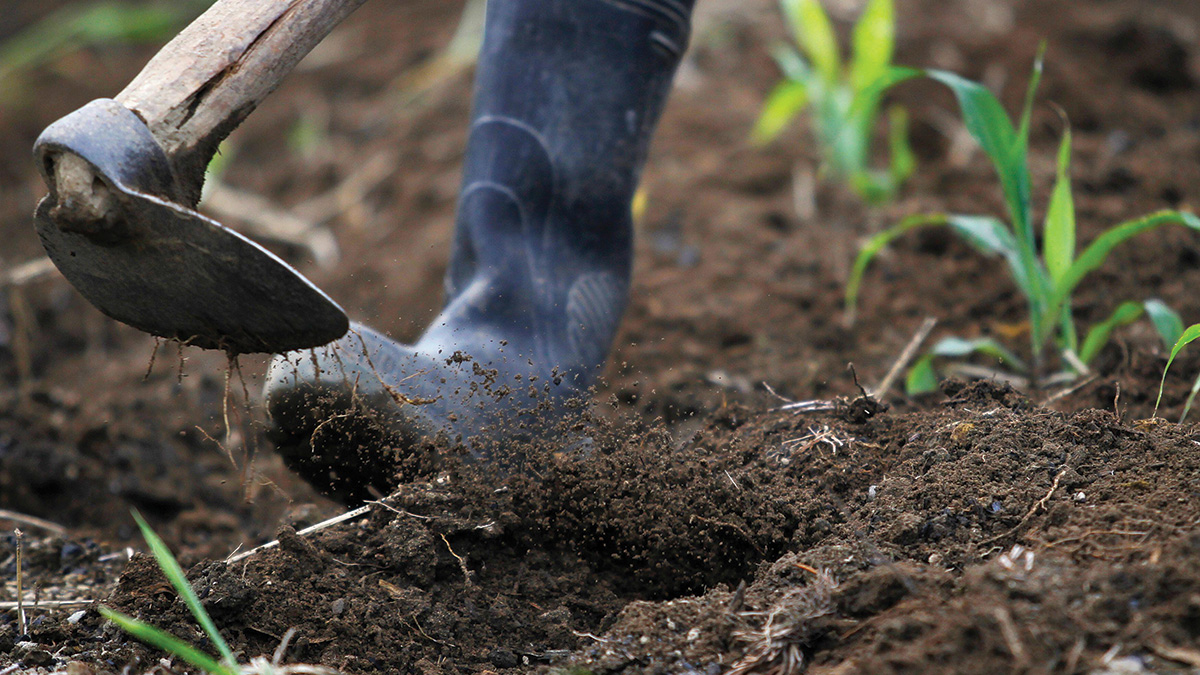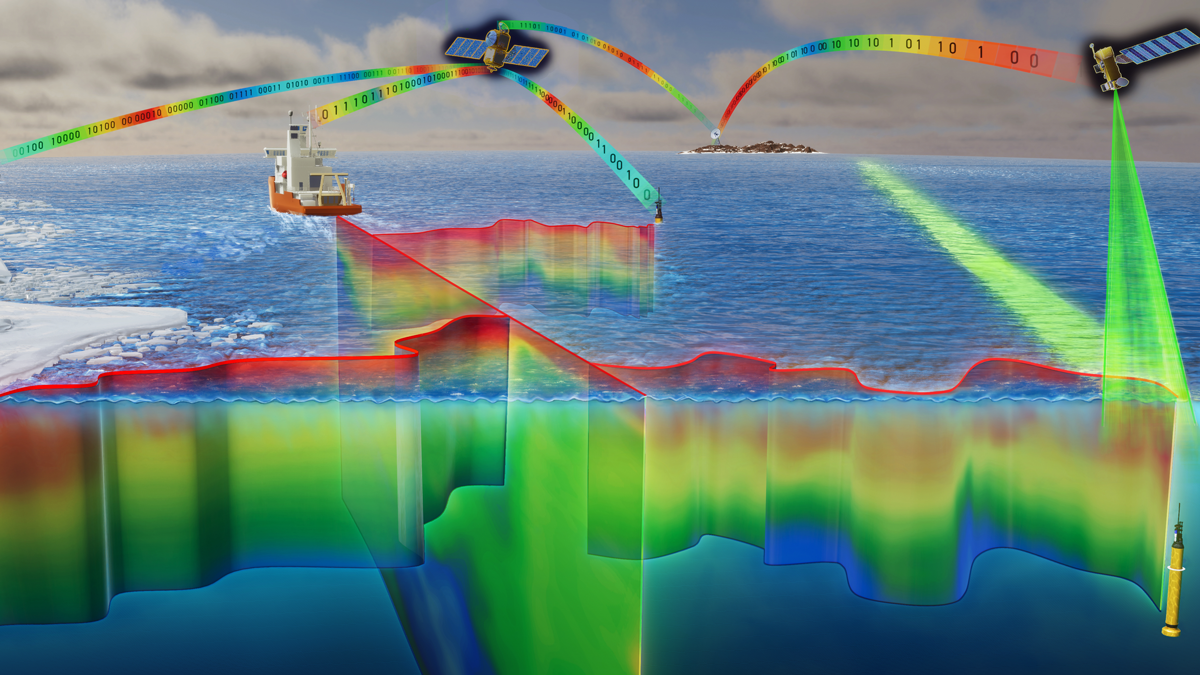Borneo’s logged forests are buzzing with life and have unrealized conservation potential.
sustainable development
El conocimiento tradicional es esencial para la sustentabilidad en el Amazonas
Durante la COP26, el Panel Científico por la Amazonia enfatiza la necesidad del conocimiento indígena y local para orientar las recomendaciones científicas y políticas.
Monitoring the Health of Our Planet using Earth Observations
A new book explores how Earth science knowledge addresses critical global challenges including sustainable development, disaster risk reduction, and climate change.
Should Inhaled Anesthetics Be Swapped for IVs?
Using intravenous anesthetics instead of volatile ones could help curb greenhouse gas emissions, but there are challenges to making the switch.
Climate Action Plans Tailored to Indian Cities
The plans identify localized vulnerabilities, as well as adaptations to climate change risks.
Could “Lost Crops” Help Us Adapt to Climate Change?
Archaeology might not solve all the agricultural challenges that climate change will bring, but it could provide important lessons and a record of new ideas.
Greenhouse Gases Must Begin to Fall by 2025, Says U.N. Climate Report
Emissions rates are still growing every year, though that growth has slowed. The world needs to reach negative growth soon to prevent a potential 3.2°C rise by the end of the century.
Traditional Fertilizers Beat Out Industrial Chemicals in Soil Health Test
New research in western India found that fertilizer based on Traditional Ecological Knowledge made soil more fertile in a head-to-head test with industrial fertilizers.
The Nutrient-Rich Legacy in the Amazon’s Dark Earths
Fertile terra preta soils were created through centuries of carefully managed land use. Scientists are taking cues from these soils to better sequester carbon and improve soil for agriculture.
A Global Ocean Biogeochemical Observatory Becomes a Reality
Building on the successful Argo network of seafaring temperature and salinity sensors, work is underway to deploy 1,000 floats equipped to study ocean biogeochemistry in greater detail than ever.


